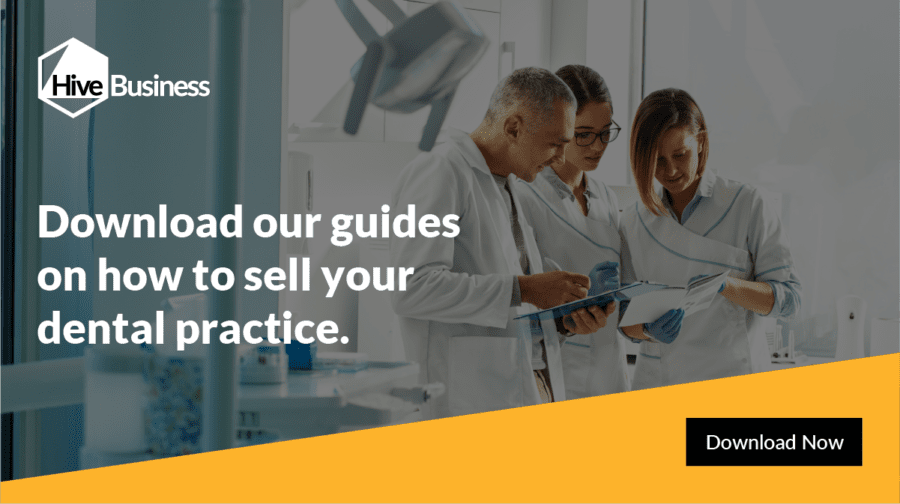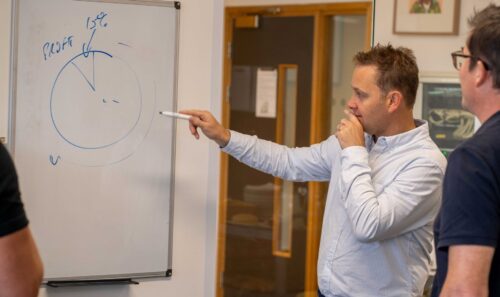Average Daily Yield (ADY) is one of the most useful and important metrics that a dental practice can use. Just looking at ADY can open up a range of insights about your business operations and success.
As dental specialists looking at numbers, ADY is something that we talk about a lot, but it’s not something that everyone has come across.
So, what is it and why is it important?
Basically, ADY is a simple KPI that indicates the average amount a clinician ‘grosses’ – the income they generate for the practice – in a working day. We calculate this by looking at the total income generated in any one month and dividing it by the days actually worked by that person within the month. So, if you generated income of £32,000 in a month and you worked 16 days in the month, your ADY would be £2,000. This means that you can gain a snapshot view of income effectiveness without having the waters muddied by holidays, part time hours, or sickness.
But what does this actually tell you? It’s important to note that, like most KPIs, a number in isolation isn’t very helpful. ADY may change seasonally, or due to a whole range of other factors, so it’s best to examine it over a period of time. This will allow you to identify trends or spot a persistent upward or downward curve.
The criteria for what constitutes a ‘good’ or ‘bad’ ADY may depend on the type of work that a dentist carries out. For instance, an implantologist working full days on high-value treatments will obviously generate more revenue than a clinician providing general dentistry. However, from experience, if a clinician’s ADY is £1,200 or less, there may be a problem. There are some unavoidable maths that tell us, once you have paid the clinician, lab fees and the overheads associated with having that surgery running for the day, you’re most likely going to be in the red.
Another metric we commonly use is the ‘cost to open a surgery’. This isn’t quite as easy to calculate, but it basically involves adding up all the running costs of the business, rent, rates, staff coffee, and so on, to leave a figure that you must meet, simply to open that surgery each day.
Of course, calculating ADY isn’t the end of the story. Instead, we view this as an indicator, meaning that we take the number and drill down into the second layer of detail. It’s easy to see if an ADY is low, but harder to see why that might be the case. Some things are affected by the clinician themselves, such as struggling to effectively plan treatment, or suffering from a lack of confidence in converting new patients. Others might be down to practice management, such as a booking system that leaves large gaps in the diary.
When it comes to ADY, knowledge really is power. In practices that don’t use it, owners may be subsidising low-yielding associates without even realising that they’re doing so. In an otherwise successful practice, low profits – or even eating into profits – can slip under the radar. By calculating the profitability of each clinician in your practice, and setting this against your other associated costs, we can help to spot issues and ultimately resolve them.
If something is wrong, or there’s room for growth, all it takes is a call to our team; we can help you to see the real picture.









